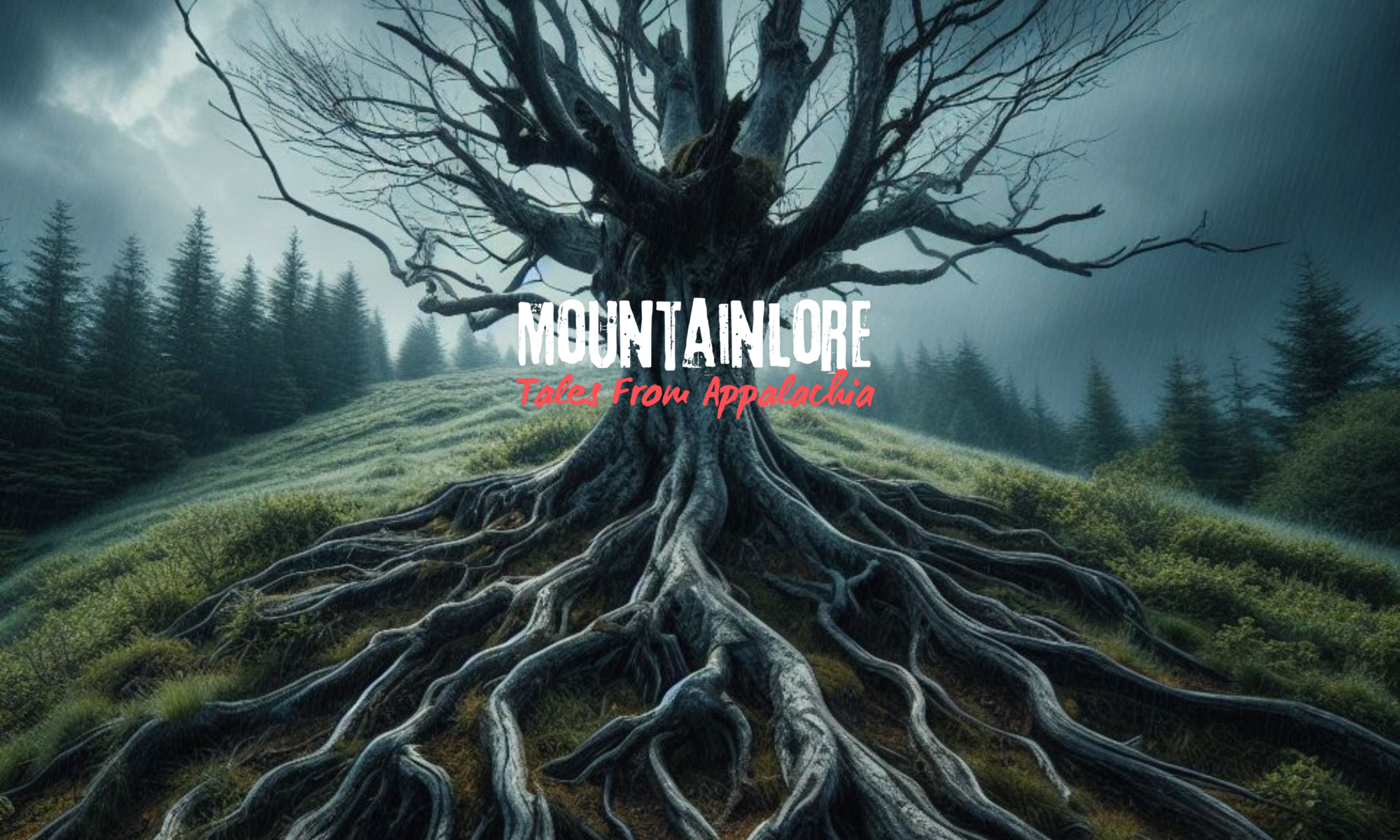
Over a hundred and twenty five years ago, before the coming of the coal barons, timber ruled Appalachia.
The land was covered with vast stands of fine hardwoods, like oak, chestnut, black walnut and maple. And there was money to be made cutting those trees down and floating them downriver to market. The forests along the Tug Fork and the Big Sandy River, between Kentucky and West Virginia, saw a lot of logging at that time.
These Appalachian men loved the Big Sandy River. When the rafts of cut logs headed downriver, they were ridden by lumbermen whose job it was to make sure the logs made it down to the Ohio River. They rode those log rafts without fear, jumping from log to log to make sure they were attached to each other, and to catch those massive tree trunks that might be in danger of drifting away in the current. This was not a job for the faint of heart.
But once those logs were near the juncture of the Big Sandy and the Ohio, that fearlessness would evaporate.
There were many of the mountain men who could not be persuaded or ordered to ride the log raft on into the Ohio River. Not a small number of them would actually jump off the log rafts as the Ohio approached. Why, you might ask?
Superstition.
You see, with the logging came a superstition among the men cutting that timber in the Big Sandy country which came from the Native Americans who once inhabited the area. This old superstition was passed down from the original inhabitants of those hills to the granny women in the communities in that area.
These granny, or witchy women, had a warning for those going down the Big Sandy.
“Don’t ride the raft into the Big Waters! Leap off!”
And the witchy women were so respected for their knowledge of those kinds of things that many men would do just as they said and jump off the log rafts, some drowning in the swiftly moving current.
